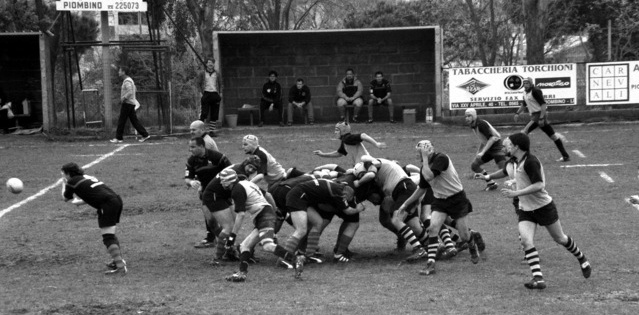RBW's Top 10 Quotes for Motivating Warehouse Teamwork
There is no "I" in team. It takes the contributions of a group of people to achieve great things, and warehousing is no different. You have...
2 min read
.jpg) Bob Willert
:
Apr 10, 2017 8:00:00 AM
Bob Willert
:
Apr 10, 2017 8:00:00 AM

Everyone is motivated to achieve something. M1 types are motivated to achieve goals and bring about the future, M2 types are motivated to change the present by solving problems.
In addition, there is a deeper, human, motivational force, and that is the managing & motivation tip we focus on this article. Abraham Maslow's theory of motivation says people have a hierarchy of needs that they must satisfy one level at a time. People want to be safe, to feel part of the group, to be recognized for doing well, to feel good about what they do and how they do it, and to be confident enough to be the best they can be. When everyone feels they are part of a good team and are recognized for contributing, the whole team performs well, and you have an A-Team.
When it Goes Wrong
If team members see unexpected and unwanted changes imposed on them, their perception of the company, the job or the team changes. Let’s take an imaginary scenario:
An M1 type gets too many problems to solve, and not enough goals to achieve, or they see their plans to achieve goals ignored or badly implemented by others. An M2 type is taken away from “the little things” (solving problems) and given “more important” things to do, like having to formulate a whole new project. Both of these individuals have been taken too far away from what they are good at, so their performance falls off.
This is where the “negative motivational effects" of Maslow's hierarchy kick in. They drop down from wanting to perform well for their own satisfaction, because they don’t feel good about what they are doing, so they are motivated to “go back to how it used to be” by looking for “a place to belong” (a group of other people who are also unmotivated or the individual just goes back to performing like they used to.) Feeling they belong to their old group or feeling comfortable about doing their old sort of tasks beats trying to succeed at the wrong thing.
If that feeling of belonging doesn’t satisfy them, because everyone else is OK with the changes, they are motivated to drop down another level to feeling emotionally or psychologically safe by “staying in their comfort zone” and not trying to perform anything well.
The Take-Away - How to Make it Right
An astute manager will avoid this problem. They will discuss the changes and agree things with the team before they are implemented. M1 types get to work on the goal of how to achieve the successful change, and M2 types get to raise potential problems, and work out how to fix them before they happen. Suddenly the major changes are not unexpected, and the team gets to work out how to make the changes a success. motivation stay positive.
But - if it goes wrong, the manager just has to go back to the 6 Questions, and rebuild from there.
Next we will look at the mechanics of building a high performing team. By knowing how to build a team by setting team goals, by applying this motivation theory and using the 6 Questions, you get total A-team performance.

There is no "I" in team. It takes the contributions of a group of people to achieve great things, and warehousing is no different. You have...

As managers we all want highly motivated individuals to contribute to our high-performing teams. Motivation is a strange beast. When you expect it,...

In previous articles we said that your business’s Philosophy determines the Promises your People make to your marketplace. Those articles explored...